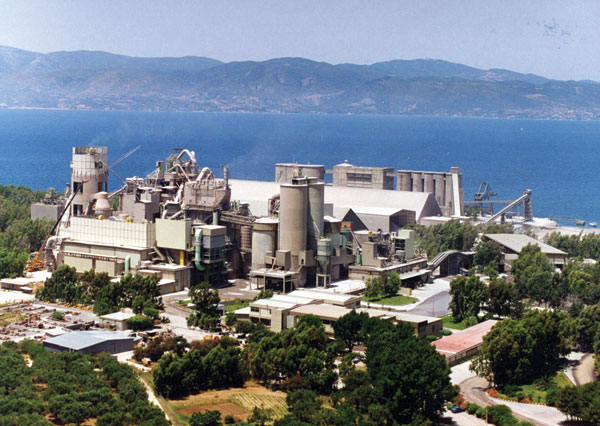From boom to gloom
The European countries of Greece, Spain, Italy and Ireland have witnessed spectacular falls in cement demand from the highs seen in the last decade, as the eurozone sovereign debt crisis firmly takes its hold. With the future of the euro now also hanging in the balance and no immediate cement market recovery in sight, ICR assesses how deep the impact has been on these local markets and outlines measures being undertaken by local producers as they struggle against the downturn.

Having experienced five years of declining demand, this year cement consumption volumes
are expected to stand at no more than a quarter of peak levels seen in 2006
While recent declines in cement demand have not been across the board in Western Europe, Greece, Spain, Italy and Ireland have been among the hardest hit as continual falls in consumption have left cement volumes at very depressed levels. The deepening economic crisis has brought with it tighter fiscal conditions, reductions in public spending programmes, higher unemployment, falls in residential construction and lower household consumption. Exacerbating the issue is Greece’s possible exit from the euro which poses a threat to the currency’s existence, making the outlook for the region even more uncertain.
Latest data released in June by the EU’s Statistics Office, Eurostat, showing flat first-quarter GDP figures has meant that the eurozone narrowly missed a technical recession but a contraction in the second quarter is being anticipated. Eurostat confirmed its previous estimate that the 17 countries that share the euro produced the same GDP in January-March as in the previous three months. But it revised down its previous YoY estimate of GDP growth in the first quarter to a contraction of 0.1 per cent from a flat reading. The data showed that Spain, The Netherlands, Portugal, Greece, Italy, Cyprus were in recession after two, or more, consecutive quarters of negative growth.
While the region has avoided a double-dip recession (having contracted 0.3 per cent in the last quarter of 2011), it is unlikely to escape contraction again in the second quarter. “There can be little doubt that the eurozone will suffer renewed, appreciable contraction in the second quarter and prospects for the third quarter hardly look encouraging at the moment,” forecasts Howard Archer, economist at IHS Global Insight.

